McAllister House (Colorado Springs, Colorado)
Introduction
Text-to-speech Audio
Images
George Summers- Architect of the house. (This and all photos below are courtesy of the McAllister House Museum.)
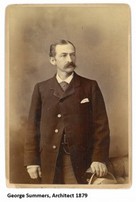
Circa 1875 photo of the house
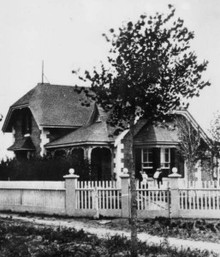
Henry McAllister before his death
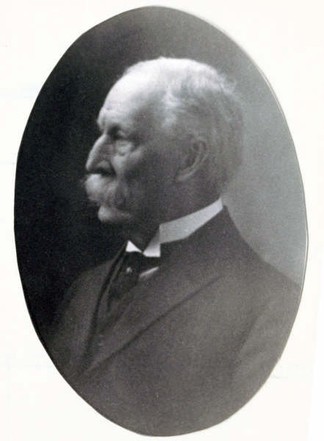
Photo of Henry McAliister taken around the time he moved to the Colorado Territory

Wife, Elizabeth McAllister
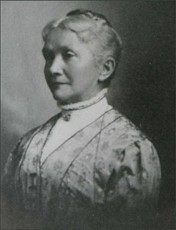
Daughter, Mary McAllister Taylor
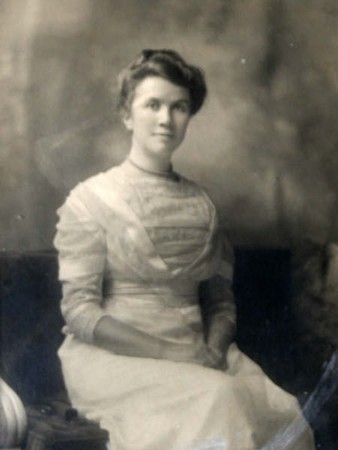
Other daughter, Matilda McAllister

Preserved canteen used by McAllister during the Civil War
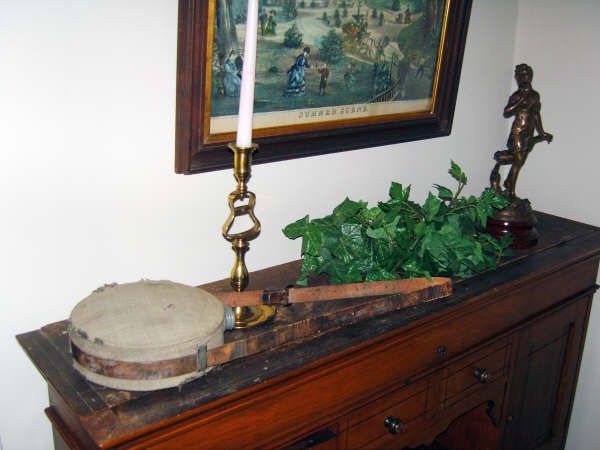
The dining room
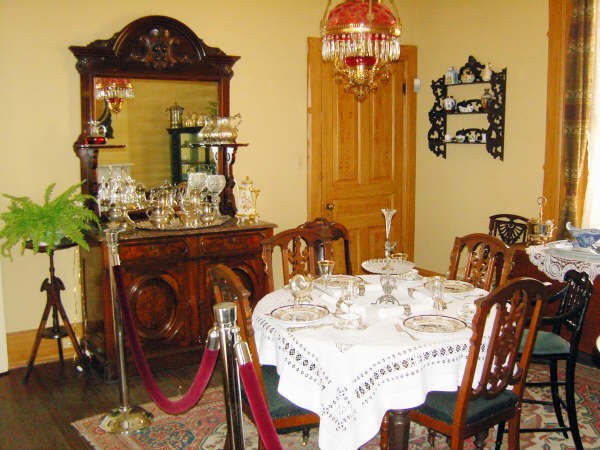
Original marble fireplace shipped from Philadelphia
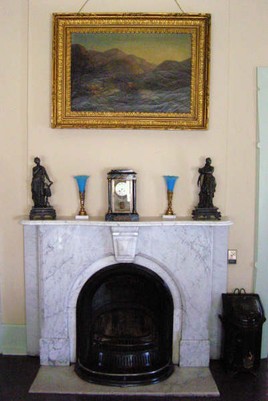
The McAllister House as it looks today
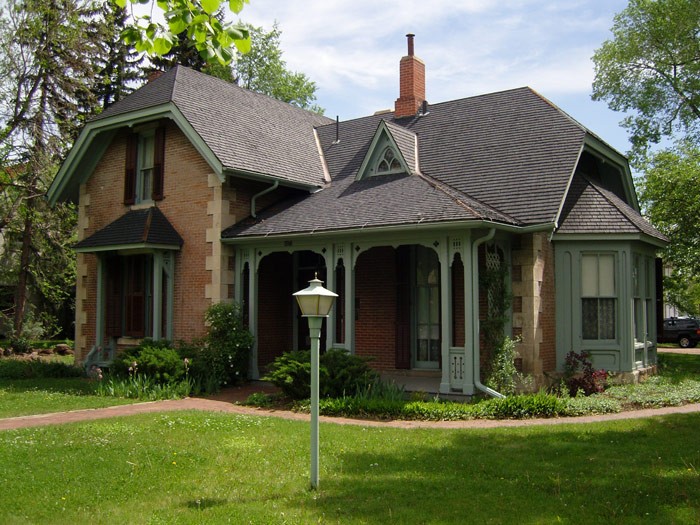
The house's parlor room
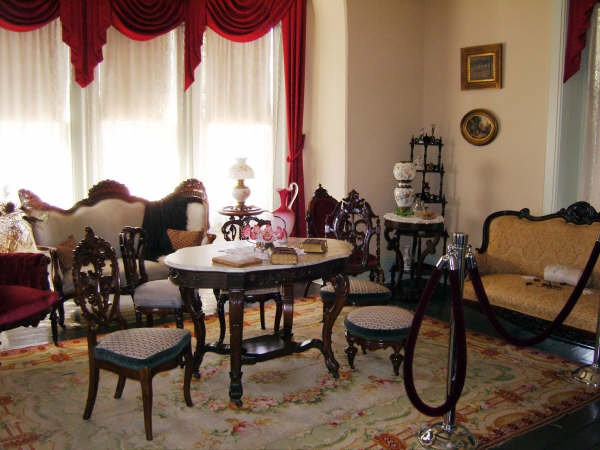
Master Bedroom

Henry McAllister during the Civil War. In this photo he holds the rank of Major.
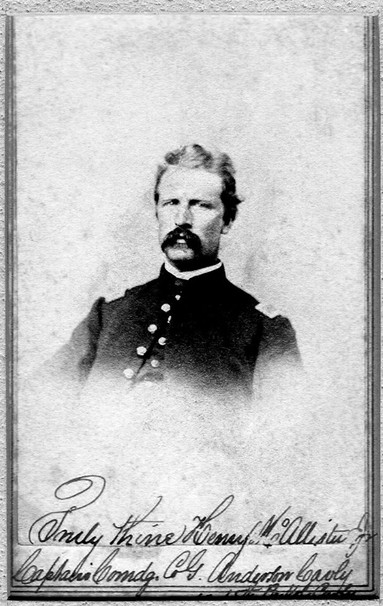
Backstory and Context
Text-to-speech Audio
"When most of the houses of the some 240 residents of Fountain Colony, later known as Colorado Springs, were little more than temporary timber shelters, Major Henry McAllister and his wife Elizabeth Couper McAllister built a house of bricks. The house plans were prepared by the Philadelphia architect, George Summers, who also designed General Palmer’s Glen Eyrie residence and Grace Episcopal Church.
Henry McAllister took great interest and care in the construction of this house for his family who was so far from their long-established community of Darby, Pennsylvania. After a high wind destroyed some houses in the new colony, he decided to add another layer of bricks to the building. It is commonly thought that these bricks were transported by train from Philadelphia. It is known that he did import the three marble fireplaces that exist in the house. Some of the interior finish work and the porch rails were constructed by Winfield Scott Stratton, who later became a mining millionaire after discovering the Independence Mine in Cripple Creek, CO. The unique truncated gables seem to anchor the house to the open prairie.
Major McAllister made his home in this small house until his death in 1921. For the next 30 plus years the house was rented by the family to Mrs. Fanny Robbins who used the house for a candy and “wedding gift” shop. Upon her death in 1958, the family sold the house. In 1961 a historic preservation group, the National Society of the Colonial Dames of America in Colorado, with the help of the El Pomar Foundation and Shepard’s Citations, was able to buy and restore the house.
Major Henry McAllister was an influential, enthusiastic, and talented promoter, organizer, speaker, and campaigner in the early days of the planning of General Palmer’s resort city of Colorado Springs. Even before moving West, he was making speeches and selling Colorado land in Philadelphia. Upon moving his family here in 1873, he was the Executive Director of the Colorado Springs Company and was constantly busy locating the desired buyers for Palmer’s dream city. Through his efforts Colorado Springs became a temperance city and remained so until after the repeal of prohibition.
He resigned from this position in 1879 but continued his activities for the community until his death in 1921. He was President of the Board of Town Trustees, temporary editor of the Outwest newspaper, Vice president of the State Horticultural Society, Chief Clerk to the Board of County Commissioners, and founding member of the El Paso County Pioneers Association. It was Major McAllister who persuaded the Congregational Church to build its Colorado College in Colorado Springs rather than Denver. He was on the building committee in the early years and was a trustee of the college until his death.
Having been influenced by his Quaker mother, he highly regarded and respected the rights of women. Thus, he became a member of the Colorado Women’s Suffrage Society Executive Committee. He had mining interests in the San Juan valley in Colorado, but was always a man of modest means. Interestingly he gave several speeches on a variety of subjects including poets and poetry, the bulls and bears on Wall Street, and the proceedings of the National Republican Convention at Cincinnati. It was said that he could hold the rapt attention of an audience for more than an hour.
Henry McAllister Jr. was born in 1836 in Brandywine, New Castle County, Delaware, to Henry McAllister Sr., a first generation American. His mother, Hannah Askew, was the daughter of a family that had been in America from Colonial times, and who were members of the Religious Society of Friends. By 1840 the family had moved to Darby, Delaware County, Pennsylvania, very close to Philadelphia. Henry Jr. soon had two sisters who lived out their lives in Philadelphia and remained faithful to the Quaker faith. After his schooling at the Darby Friends School and a brief career in merchandising, Henry Jr. joined the Union Army at the start of the Civil War.
Quakers had been the first abolitionists in America, and many of the more liberal branch of the faith decided to fight to free the slaves. During these years he served under General William Jackson Palmer, also a Quaker born in 1836 in Kent County, Delaware. Palmer had also moved to Philadelphia as a young man. During the war, Henry served in the Fifteenth Pennsylvania Cavalry and rose to the rank of Major. He proved himself to be a brave and successful leader. Some items from his war experience still remain in the Museum.
In 1866 Henry Jr. married Elizabeth Cooper, the daughter of a prominent Darby Quaker family. At the time Henry Jr. had a promising job as the Secretary of the American Iron and Steel Association working for the influential Quaker named Joseph Wharton. However he was soon to accept a position with General Palmer’s Colorado Springs Company and move West.
Elizabeth Cooper McAllister established herself as a good and influential mother to her three children as well as a kind and caring woman of her new community. Her first child, a son named Henry (Harry) McAllister Jr. (III), attended Swarthmore College and became a very successful attorney in Colorado Springs and Denver. His descendants currently live out of the state of Colorado.
Her daughter, Mary McAllister also went East to attend Swarthmore College and taught Latin and Greek at Colorado Springs High School. She later married George Taylor and lived many years on North Tejon Street. Youngest daughter Matilda McAllister graduated from Colorado College and taught school locally. After her father’s death she lived with Mary and George Taylor on Tejon Street."
